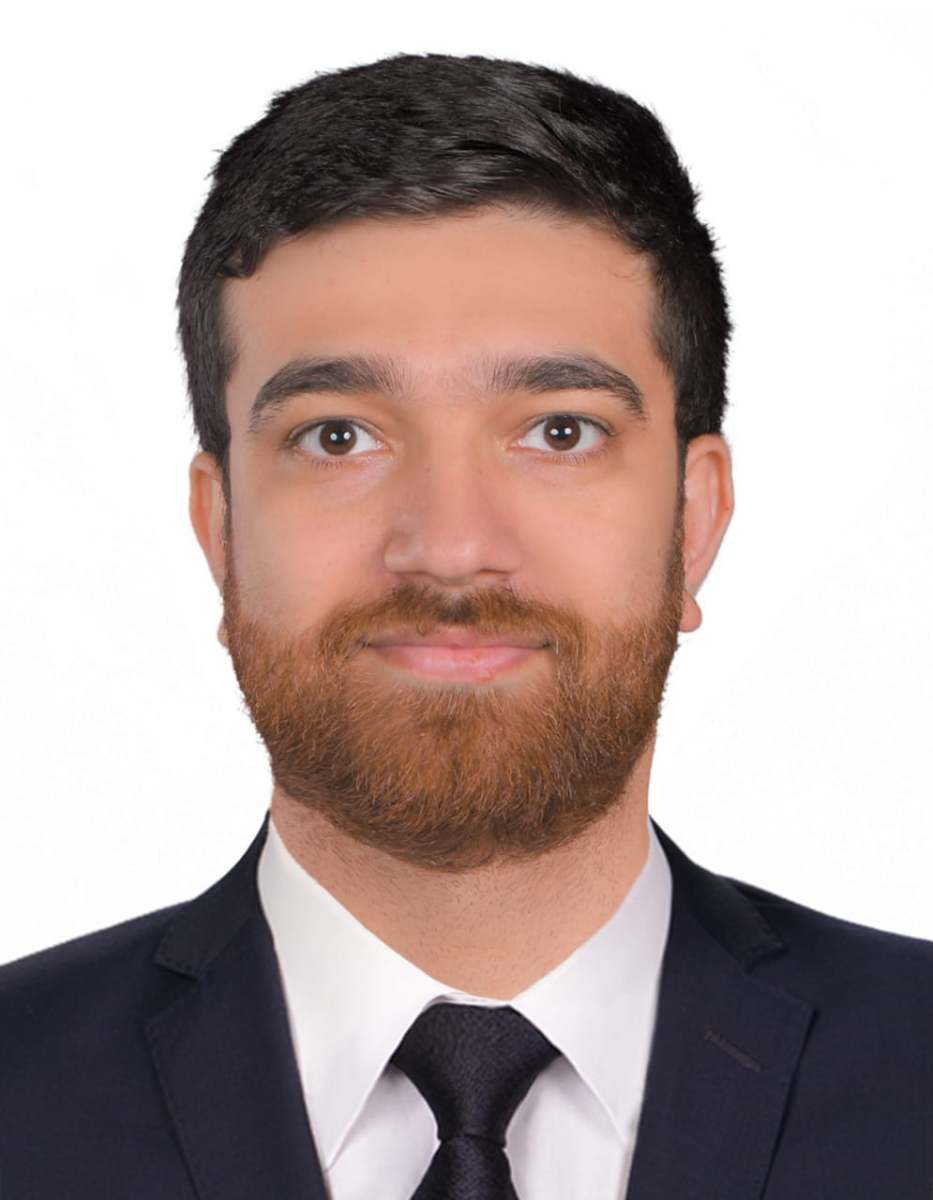Early Signs of Alawite Extermination: Death Squads Show Their Hatred-Fueled Practices
By Ferad Hame and Nourhat Haftaro
In a television interview, Rami Abdel Rahman, the director of the Syrian Observatory for Human Rights (SOHR), revealed a shocking comment from the de facto authority in Damascus: “Let them unleash their feelings,” which served as a chilling justification for the “sectarian cleansing” massacres, framed as a means to release accumulated resentments. The escalating bloodshed, unbounded and unrestricted, resembled a cinematic nightmare, with the executioner yearning only for more blood. These atrocities unfolded like a theatrical performance, marked by authoritarian symbolism and witnessed by an unexpectedly large audience, thus becoming part of a profoundly destructive trajectory in the history of the Syrian conflict.
According to the latest statistics on documented massacres, the count has reached 56 in the coastal and mountainous regions of Syria. The number of civilian casualties has been increasing since March 6, following assaults launched by security forces and the Ministry of Defense of the Interim Transitional Authority against the so-called “remnants of the regime,” resulting in the deaths of 1,500 civilians so far. In light of the scale of these massacres, some are left bewildered, questioning, “Are we confronting a harsh reality, or are we merely living in a virtual world due to the intensity of the violence and the bragging about systematic killing?”
Confession Through Blood
Indeed, we live in a virtual world that has effectively become our reality, where crimes are no longer hidden but are documented and broadcast widely. Even those voices that called for massacres to be carried out away from camera lenses have found their way onto social media platforms. Thus, what is termed the virtual world has become reality itself, as horrific scenes of killing flood social media in a bloody spectacle where the perpetrators seek public recognition for their ability to master the art of massacre.
The desire of these murderous factions, suffering from social misery, is embodied in their quest for “recognition from the other.” This symbolism manifests in their act of carrying weapons with one hand while showcasing their sadism through mobile phone cameras with the other. These massacres epitomize the era of the spectacle society, where atrocities are committed not only as a means of inflicting harm but also as performances seeking acknowledgment and appreciation from an audience.
Takfiris and jihadists have transformed violence into a meticulously orchestrated visual display. For them, killing has ceased to be merely a way to eliminate victims; it has become a tool for terrorizing civilians and asserting dominance, echoing Michel Foucault’s insights regarding the literature of violence in classical times. Scenes of brutal executions are not random; they represent a carefully planned media production aimed at establishing dominance in the collective consciousness and conveying a clear message: “The lesson is for those who heed it,” serving as a threat to every Syrian voice that opposes their hegemony.
The Excess of Pleasure and the Glamour of Killing
This horrific violence is closely linked to its deep psychological dimensions, which are clearly manifested in the concept of ‘excessive pleasure’ as proposed by psychologist Jacques Lacan; the more prohibited an act is—such as murder, which is criminalized by law—the greater the desire to engage in it. When it occurs, it becomes charged with excessive energy that transforms into lethal pleasure. As Slavoj Žižek explains, this phenomenon is not limited to the psychological aspect but extends into ideology and culture, where demolition and destruction become sources of pleasure and fulfillment, reframed as ‘the pleasure of revolutionary revenge,’ especially in the context of pursuing those referred to as ‘the remnants of the regime,’ seen as an extension of the battle to eliminate the old regime.
Most Syrians witnessed these massacres through their smartphone screens, sleek computers, or plasma TVs, whether they were close to the events or far from them. Amidst this horrific violence, a shocking question echoed in their minds: How could these individuals commit such atrocities again, against children, women, and the elderly?
We exist in an age described as “post-ideological,” where mobilizing the masses for great causes is no longer as straightforward as it was in the past. The prevailing ideology today reinforces values of individual pleasure and self-fulfillment, making most people innately averse to killing due to the deep psychological trauma it inflicts. But from where does the rationale for obscene violence in our time derive?
From a psychoanalytic perspective on acts of extreme violence, individuals strive to find a sacred justification to alleviate their moral anxieties, as the sacred transforms individual concerns about killing into something acceptable. Here, the importance of religion or ethnic identity emerges as strong motivators that assist them in overcoming their psychological barriers to killing and torture. Although the sacred, in its traditional context, prohibits murder, it has morphed in our time into a justification for violation and bloodshed, serving, for these killers, as a form of psychological anesthesia that dulls their innate sensitivity towards the suffering of others.
The Sacred ‘Beyond Ideology’
In this context, resorting to the sacred and invoking its shadows—such as the era of the Umayyads—becomes a legitimizing means to justify mass murder. Without this cover, individuals find themselves face to face with the weight of their actions, with no escape from the burden of absolute responsibility. Belief in the sacred no longer serves as a moral barrier; rather, it becomes a tool for justifying atrocities.
Consequently, this sacredness has been linked to instinctual vengeance and reshaped into a populist discourse that is detached from logic and rational argumentation, serving as a tool to stir the appetite of the oppressive elite while mobilizing marginalized social groups. This involves criminalizing the “other,” portraying them as the living embodiment of corruption, oppression, and all forms of social misery. The phrase “remnants of the regime” has transformed into an exclusionary label targeting the entire Alawite community, reflecting a generalized tendency in judgment, description, and practice.
Undoubtedly, the ‘revolutionary elite’ has failed to grasp the complex structure of the Assad regime, particularly in identifying the centers of power and the mechanisms by which it employs sectarianism as a cover for exploitation and oppression. Instead of deeply analyzing these dynamics, they chose to oversimplify the situation by reducing the regime to the Alawite community and linking Alawites to it absolutely, thereby contributing to the formation of a hateful discourse that has accumulated over time.
Harnessing the “Sunni Victimhood”
This discourse did not emerge overnight; rather, it has deep roots in a legacy of sectarian tension encapsulated in the narrative of “historical Sunni victimhood,” which began to take shape following the Hama massacre and reached its peak with the crimes of the Syrian regime over the past decade and a half. It is evident that certain elites orbiting around the ideology of political Islam, in both its Salafist and Brotherhood forms, have contributed to entrenching this distorted sectarian narrative by portraying the exclusion of the Sunni bloc from power by Hafez al-Assad as an attack on its historical right to dominate Syria. Consequently, it was overlooked that his regime was not purely sectarian but rather a hybrid entity combining a monopoly of security and economic oligarchy, making it more complex than a simplistic sectarian conflict.
In this context, this victimhood was exploited—without any logical connection—as a tool to legitimize recent political decisions and then justify massacres through emotional, justifying responses such as: “Weren’t the Alawites behind the Hama massacres and the barrel bombs falling on the heads of Sunni civilians?”
Since the moment of the Assad regime’s fall, celebrations of victory intertwined with tendencies for revenge and threats, unleashing primal instincts. When coastal areas refused the infiltration of jihadist hordes into a social and cultural environment that was completely at odds with their ideology, peace was absent, and reconciliation was far from attainable. In this vacuum, the temporary authority of facts on the ground in Damascus raised a clear slogan: “Hunting down the remnants of the regime.” It was then that a historical moment emerged in which revenge overshadowed any human consideration, and the targeted masses became mere targets in the equation of retribution.
As soon as the equation of vengeance intertwined with the context of massacres, the process of dehumanizing individuals became evident through derogatory phrases directed at the detained civilian prisoners. Here, insult merges with brutal mockery practiced upon a defeated enemy or a humiliated slave, ridiculed for their fear and pain from a position of power augmented by weaponry and authority. This approach finds its extension in authoritarian figures who revel in the humiliation of their opponents.
These grotesque and shocking manifestations reveal yet another dimension in stripping humanity from the human. Here, individuals appear as if they are mere products manufactured by machines, where there is a complete separation between the agent—the “killers”—and the object—the “victims.” For instance, jihadists from death squads treat human beings as if they are merely masses or objects, devoid of identity or dignity.
Thus, humans are stripped of their inherent value, as evidenced by their celebrations over the corpses of victims. Meanwhile, large crowds of extremist supporters express dehumanizing sentiments regarding the remains of victims.
Massacres in the Coast and the Nation-State
Since the outbreak of the Syrian crisis, the massacres committed by both the regime and the armed groups associated with the opposition have continued unabated. However, this particular massacre served as a deep wound at a moment when the country was expected to witness its liberation from military dictatorship. Instead of alleviating suffering and opening a window of hope for salvation, the coastal massacres reaffirmed that stagnation and despair are not merely transient symptoms, but a fate inextricably linked to this country.
In the broader context, two main factors directly contributed to the recent coastal massacres.
First, the absence of international law and the fading of global human rights standards from the Syrian scene and the Middle East in general—a process that began during the Gaza War—has led to the violation of individuals and communities becoming a routine practice without accountability, stripping them of any legal or moral protection. Thus, the region has largely transformed into a “Homo sacer” entity, a vulnerable being that can be violated without repercussions.
Second, the pursuit of regional and international powers to impose “stability at any cost,” amid entangled interests on the geopolitical chessboard of Syria, has contributed to this situation. However, this “stability” has merely reproduced the regime with a random grip devoid of popular or legal legitimacy, allowing for the first-time integration of jihadism into the structure of the nation-state, thereby redrawing the maps of power and violence in the country.
From the foundation of these two factors, the fervor of “national jihadism” ignited in its quest to free itself from any social oversight and reinforce its monopoly on violence, taking advantage of the resulting power vacuum. However, the legitimacy of the state in enforcing order is contingent upon providing social peace, making this apparent balance carry destructive potential for society. Notably, since the Armenian massacres, the game has largely unfolded as follows: state entities in the Middle East hasten to progressively dismantle sources of civil power and self-governing community institutions. If they fail to achieve this complete monopoly due to civic resistance, they resort to bolstering death squads, either by supporting jihadists and takfiris or by inflaming sectarian and ethnic conflicts under the banner of the “sacred against the profane.”
In this context, many mosques have issued a call to jihad, raising the “banner of jihad” against the unarmed in the coast, while the instinct of revenge has been activated to justify brutal retaliatory operations against the Alawite community. Jihadist death squads, since their inception, have served as a key tool for executing such missions.
However, it is insufficient to stop at this point; a deeper interpretation is required. No state, not even a “temporary authority,” as in the Syrian case, can engage in mass killings unless it is based on an ideological myth exploited to achieve its extreme strategic ambitions. This was evident in the attempts by killers to eradicate the Alawite community and to ascribe dehumanizing labels to them, such as “pigs and dogs.” This scene has evolved into an “ideological scandal,” celebrated by proponents of the “Islamic national entity” ideology in its Umayyad Arab version, which holds a subservient view toward the diverse Syrian communities. When the nation-state believes itself immune to accountability and begins to define its ideological identity through the distortion of the Other’s image, the project of extermination begins to take shape, as indicated by sociologist Zygmunt Bauman.
External Winds
Objectively, the context of the coastal massacres cannot be confined to a purely local framework. In a Middle East, established since the collapse of the Ottoman Empire, characterized by a “divide and conquer” policy built on ethnic, sectarian, and religious divisions—both within states and among neighboring fabricated entities—the outbreak of violence is merely a matter of time, needing only a brief gust of wind from outside.
The coastal massacres were, in fact, not isolated from the overt and covert policies of regional and international powers, which continue unabated. These policies are selective and divisive, with each party seeking to fuel conflict among belligerent factions, either directly or indirectly, to impose its dominance. Such policies do not contribute to stability; rather, they exacerbate division and violence, creating a fertile environment for the outbreak of massacres.
Massacres do not occur in a vacuum; they are the result of competition among international powers on the Syrian stage. When Khamenei makes a statement, opponents explode, calling it a conspiracy that must be confronted. When Netanyahu expresses support for the Syrian Druze, it confuses the ruling interim authority. Similarly, when Erdoğan makes a statement or the existing authority gains prominence, other parties begin to worry about their rights, fearing that the interim government will monopolize power and reinforce its overarching Islamic hegemony at the expense of society and the state.
Also, international economic calculations emerge as an influential factor in the outbreak of massacres against the unarmed. Historically, the Turkish bourgeoisie was captivated by the extermination of Armenians, driven by a greed to plunder their wealth. Some argue that the fortunes amassed from that genocide shaped the Turkish bourgeoisie as we know it today. The paradox lies in history repeating itself, albeit in increasingly reactionary forms, and it seems that the coastal massacres may, in part, be victims of an international game where powers compete for Syrian gas in the Mediterranean. The environment supporting this project may come into conflict with the interests of the international and regional powers backing one party against another. Consequently, victims remain perpetually vulnerable, paying the price in bloody massacres that take on a new form in our world, labeled as “Massacres of Maximum Profit.”
The coastal massacres have revealed a deep structural flaw within Syrian society, highlighting its failure to learn from the lessons of the Assad dictatorship and the devastating civil war. Instead of transforming these harsh experiences into educational institutions promoting core values such as coexistence, tolerance, and diversity, society has been unable to utilize them to build a more humane foundation.
Given these realities, it seems time to abandon the prevailing notion that sees harsh experiences as having a liberating dimension or that they lead us to discover the “absolute truth” of the human condition. Perhaps this is the bitterest lesson drawn from the experiences of death squads in the Syrian coast, where it becomes evident that suffering has not resulted in any substantial progress but has rather compounded chaos and devastation.
If this is the case, emotional identification or spontaneous expressions of solidarity, such as “We are all Alawites” or “You have failed,” may not suffice, as these slogans collapse at certain limits and become devoid of meaning. In the end, it is the victims alone who bear the burden of the structural damage that has afflicted Syria.





Comments are closed.